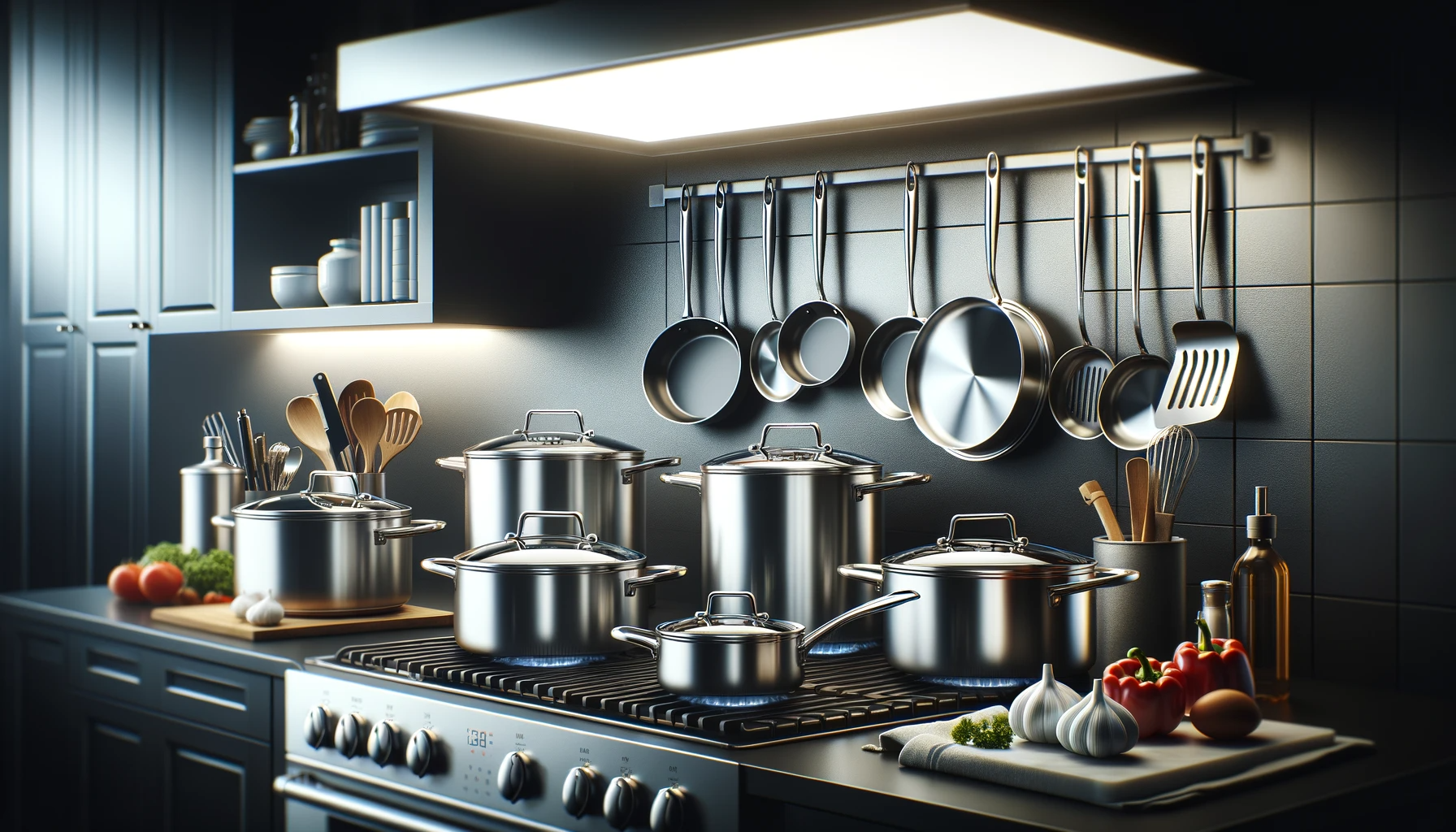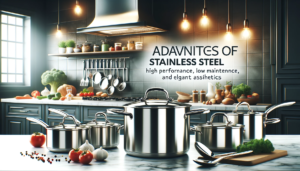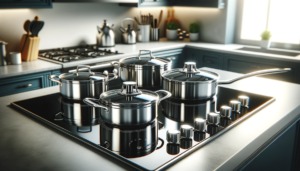With so many cookware options on the market, it can get confusing trying to identify what is truly safe for daily cooking.
When it comes to stainless steel, should you choose magnetic or non-magnetic varieties?
Magnetic stainless steel offers durable, high-performing cookware for safe stovetop cooking applications across a wide temperature range.
Let’s examine why by diving into properties like heating conductivity, chemical reactivity, longevity and more to decrypt whether magnetic stainless steel can handle the demands of any home kitchen.
Is Magnetic Stainless Steel Safe for Cooking?

The straightforward answer is yes – magnetic stainless steel is generally considered safe for cooking applications across typical stovetop and oven temperature ranges in home kitchens.
Grades like 400-series stainless steel provide non-reactive, durable cookware that will not pose any health hazards during normal usage spans.
We’ll explore specifics around chemical leaching risks, longevity, performance differences and proper care below.
But in short, magnetic stainless steel pans and pots offer reliable solutions for chef needs without safety compromises.
What is Magnetic Stainless Steel?
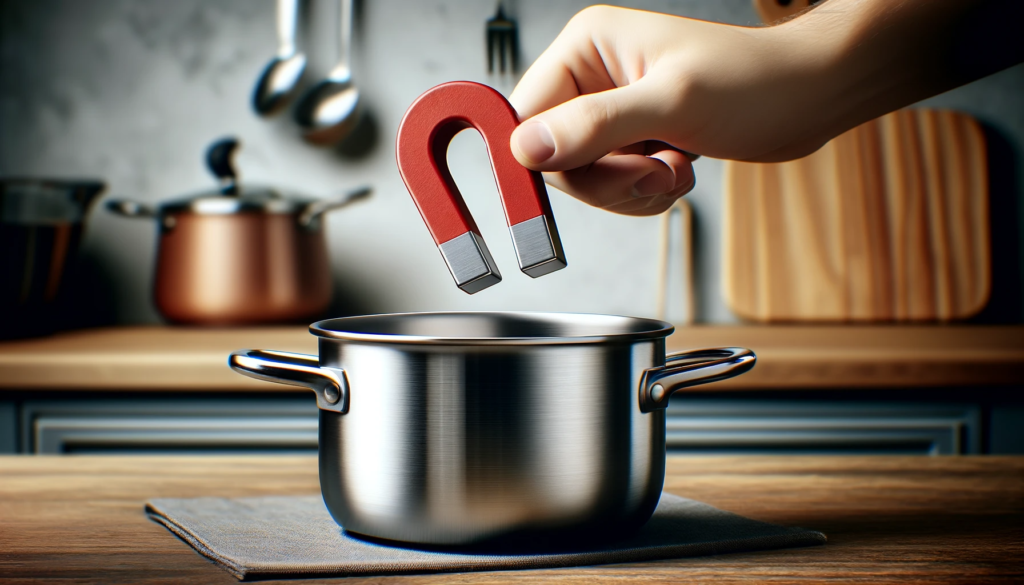
Magnetic stainless steel refers to certain grades of stainless steel that are attracted to magnets due to their iron content.
Specifically, magnetic stainless steels are ferritic or martensitic stainless steels that contain enough iron to be attracted to magnets, unlike regular austenitic stainless steel which has low iron content.
The most common types of magnetic stainless steel used for cookware and appliances include 400-series steels like 430 and 444 stainless.
These steels have moderate corrosion resistance with between 12-18% chromium content in their chemical composition.
They get their “stainless” properties from the protective chromium oxide layer that forms on their surface when exposed to oxygen.
Magnetic stainless steels are valued for cookware and appliances due to their strength, durability, corrosion resistance, and heat conductivity.
The high iron content allows them to become strongly magnetic, which is why you can use a fridge magnet or pick one up with a magnet.
Compared to non-magnetic 300-series stainless, magnetic varieties are often cheaper as well.
Is it Safe for Cooking?
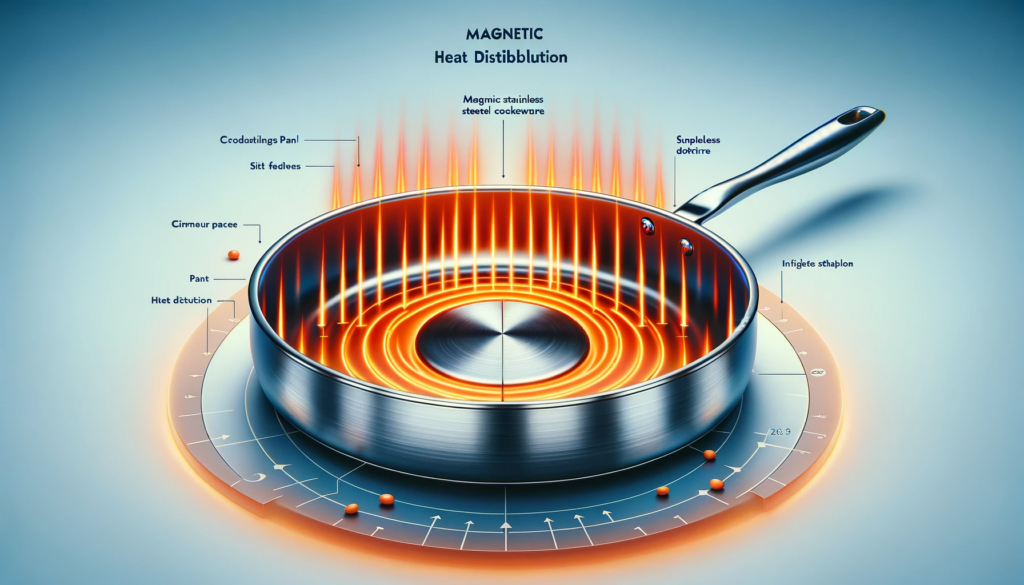
When it comes to safely using magnetic stainless steel pans and pots for cooking, the key considerations are around heat conduction, potential chemical leaching, and durability over time.
Overall, magnetic stainless steel is considered very safe and reliable for cookware applications across a wide temperature range.
Magnetic stainless steel conducts heat evenly and efficiently due to its metal composition.
The iron in the steel allows it to achieve temperatures hot enough to brown and sear food properly.
It is not prone to hot spots like some pans due to smooth, uniform heat distribution.
This makes it easy to simmer sauces or soups without scorching the food.
The chemical composition of 400-series magnetic stainless steel is also resistant to corrosion and oxidation.
It does not tend to react with acidic foods during the cooking process, preventing strange flavors or leaching of chemicals.
There has been some concern around potential nickel leaching, but this would generally only occur at extremely high temperatures above normal cooking ranges.
From a durability perspective, magnetic stainless steel offers excellent dent, scratch, and warp resistance properties.
The protective chromium layer helps maintain smooth cooking surfaces that do not degrade or deteriorate easily.
As long as the pans are cared for properly, magnetic stainless steel can last for many years of cooking use.
This makes it a safe, long-lasting material choice for pots and pans.
Overall, while no material is 100% perfect, magnetic stainless steel stacks up very well across all of the most important safety criteria for direct food cooking applications.
It is stable at high heats, limits chemical reactivity/leaching, and provides great durability over time.
How Does it Compare to Regular Stainless Steel?
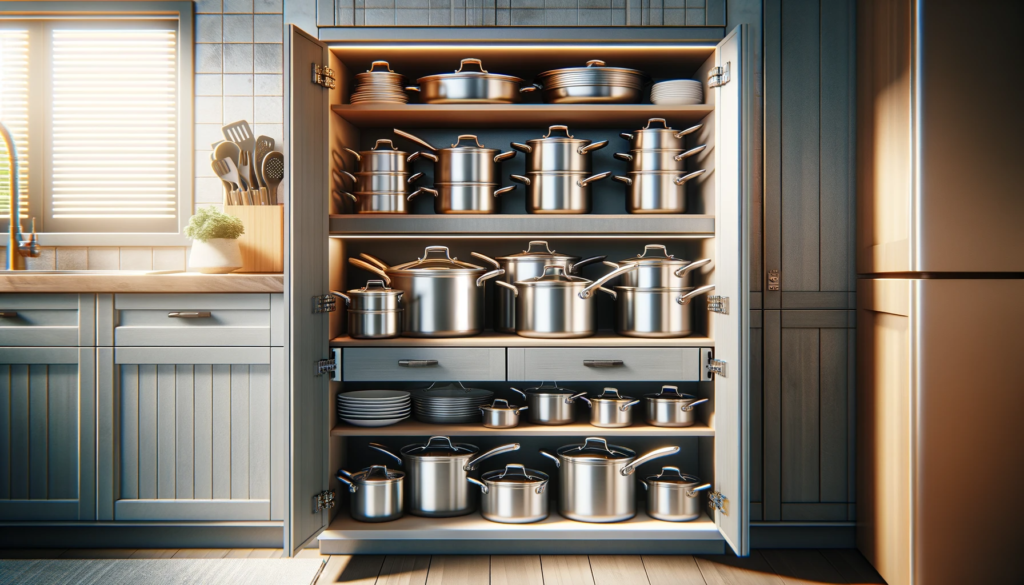
Regular 300-series austenitic stainless steel contains much lower iron content than its magnetic 400-series counterparts, usually around 8% or less iron instead of 12-18%.
This means that regular stainless steel does not attract magnets due to fundamental differences in its metallurgy and chemical structure.
From a practical perspective for cooking use, how do these two varieties actually compare?
The most significant differences come down to heat conductivity and cost.
Magnetic stainless steels with their higher iron content tend to heat up faster and distribute heat more evenly across the cookware surface in most cases.
This can mean slightly faster boil times or a more even sear on meat when pan frying or browning sauces.
The greater thermal conductivity provides subtly improved cooking performance.
However, for many amateur home cooks who are not pushing their cookware to professional chef-level demands, differences in heating properties between magnetic and non-magnetic stainless steel are modest at best.
Both varieties enable excellent cooking performance and food safety across all conventional stovetop or oven uses.
Cost and availability often become the bigger differentiating factors.
Non-magnetic stainless generally costs a bit more for equal quality construction due to the less common metals used in its composition like nickel or manganese.
Magnetic stainless steels leverage more abundantly available iron to achieve similar corrosion resistance at a cheaper production cost.
This makes magnetic stainless pans and pots very affordable options.
Proper Care and Maintenance
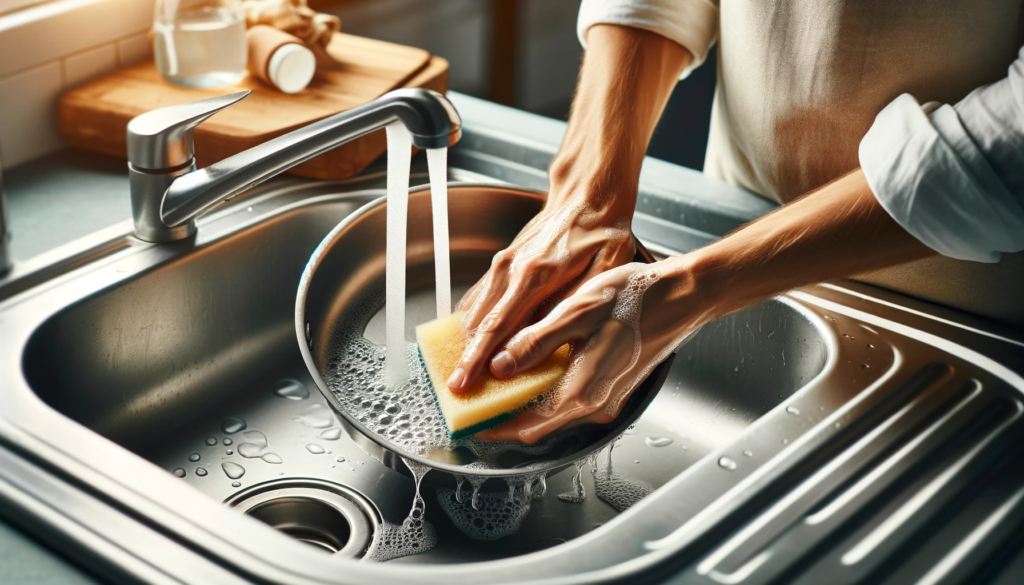
To maintain the integrity of any stainless steel cookware for optimal safety and performance, proper care and maintenance methods are essential.
Here are some key tips for caring for magnetic stainless steel:
Hand washing pans after each use with a mild detergent soap is the safest cleaning approach for stainless steel.
Let them fully air dry to prevent any moisture corrosion issues.
Avoid abrasive scouring pads during washing that could scratch the surface.
Use low-to-medium stovetop heat settings for most cooking applications rather than extremely high searing heats.
Internal pan warping and exterior discoloration become risks above certain thresholds if left dry over very high heat.
Apply a stainless steel polish product containing oxalic acid such as Bar Keepers Friend to remove stubborn stains, cooked-on residues or surface discoloration.
This can restore them to like-new sheen and appearance.
Store cookware in a cool, dry place and avoid temperature extremes.
Allow pans to fully cool prior to washing or putting away.
Thermal shock from rapid temperature swings can degrade longevity.
Following these basic care principles allows magnetic stainless steel cookware to maintain its protective chromium oxide layer integrity safely.
This keeps the cookware performing reliably while limiting corrosion, deterioration or leakage risks during use.
Conclusion
To summarize the key takeaways around whether magnetic stainless steel cookware provides safe, reliable performance for all types of stovetop cooking:
- Magnetic stainless steel grades like 400-series contain enough iron to be attracted to magnets unlike 300-series regular stainless steel.
But both varieties are durable and corrosion resistant. - Magnetic stainless steel conducts heat smoothly and evenly to prevent hot spots.
It reaches searing temperatures without warping or becoming dangerously reactive. - At typical home cooking heat ranges, there are no hazardous chemical leaching issues with magnetic stainless.
Only hypothetical risks may emerge at extreme professional-level temperatures above 1200°F which are not applicable to conventional use. - With proper hand washing and storage care, magnetic stainless steel cookware can safely maintain its integrity for many years without deteriorating or developing hazards.
So while no single material offers perfect invulnerability under all cooking conditions, magnetic stainless steel provides an optimal balance of safety, durability and performance for cookware applications.
Following reasonable care and maintenance best practices allows magnetic stainless steel pans and pots to serve as reliable components of any home chef’s kitchen.
